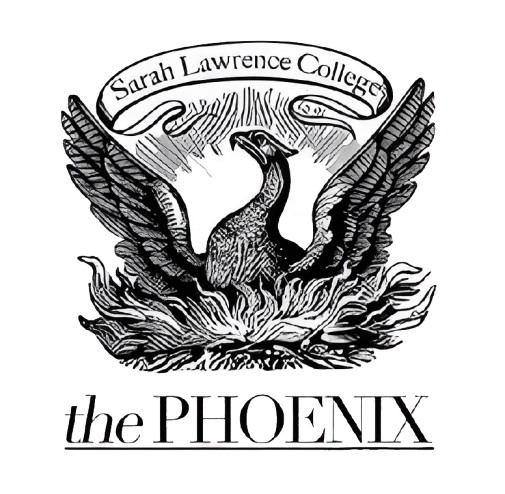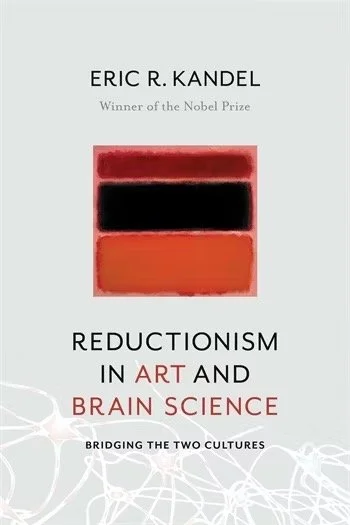Beneath the surface: Breaking down Leo Valledor’s “We Shall Overcome”
Ysabella Beatriz Chiongbian Punzalan ‘24
Image Source: Installation view of Remains of Surface: Carlos Villa & Leo Valledor, on view at Silverlens New York, 2023. Courtesy Silverlens, Manila/New York.
Carlos Villa and Leo Valledor were members of the same Filipino-American community in San Francisco’s Potrero Hill. In spite of this shared history, their legacies couldn’t be more stylistically different. Villa collages hair and chicken bones onto unstretched canvases that are expressively marked with face and body prints. Meanwhile, Valledor considers the artwork’s geometry.
On Sept. 7, Silverlens Gallery launched “Remains of Surface”, a retrospective exhibition featuring 12 artworks by Carlos Villa and Leo Valledor. In the gallery’s bold pursuit toward the direction of abstraction, each piece presented a challenge to its viewers, who raised questions and comments like: “It doesn’t make sense. It’s not meant to be. It’s absurd!” and “Is this one piece or multiple?”
The latter referred to Valledor’s “We Shall Overcome” (1983), the largest artwork in the series that stands at an overall height and width of 243.8 by 548.64 cm.
jazz and geometric abstraction
LEO VALLEDOR. Between Heaven and Earth, 1973, acrylic on canvas, 304.80h x 304.80w cm. (Photo Credit: Robert Divers Herrick, courtesy the Estate and Silverlens, Manila/New York)
It was only fitting that the exhibition’s program culminated in a live jazz performance by the Jon Irabagon Trio that paid homage to Villa and Valledor as fans of the genre. Having been inspired by American folk, Gospel music, and the Civil Rights mantra famously spoken by Martin Luther King, the title “We Shall Overcome” is a testament to the way Valledor saw visual art and music as synonymous. Like in Valledor’s work, jazz is composed of harmonies and melodies— both are intangible but have the power to move us tremendously.
This so-called fusion of jazz and geometric abstraction immediately calls to mind artists of the New York School, notably Piet Mondrian. The comparison is uncanny yet superficial. While both artists were deeply invested in breaking down complex objects into shape, form, and color, Valledor, as a founding member of the Park Place Galley, rejected the flatness one typically comes across in a Mondrian. As prominent art critic David Bourdon points out, “[Valledor’s work] was not classical geometry — akin to Dutch de Stijl — but rather a new geometry of spatial effects.” The artist not only uses the language of abstract geometry, he pushes the boundaries of his predecessors through spacing elaborately shaped canvases that serve as the geometric forms themselves.
LEO VALLEDOR, The Other Shore, 1980, acrylic on canvas, 243.84h x 243.84w cm
the elephant in the room
Thanks to the prominence of social media through which we are constantly bombarded with images of the war between Russia and Ukraine, associations between the Ukrainian flag and the artwork’s combination of the colors blue and yellow are easily formed. The dissonance lies in the fact that the piece was made four decades prior to events, rendering it all the more prophetic. But what does mere coincidence have to do with what Valledor had truly intended in “We Shall Overcome”?
LEO VALLEDOR, “We Shall Overcome,” 1983, acrylic on canvas, 243.84h x 548.64w cm
In 2016, the Nobel Prize winning neuroscientist Eric Kandel published “Reductionism in Art and Brain Science”, a book that offers us a new and exciting way of reading abstract pieces. What this groundbreaking work suggests is that “elements in abstract art serve not as visual reproductions of objects, but references and clues to how we conceptualize them.” If the associations with the Ukrainian flag are dismissed, there in “We shall Overcome” is the evocation of two large stop signs reduced in half and a quarter, with fragments of red and orange outlines signaling us to come to a halt. Valledor’s puzzling work is something of a mental exercise. The practice is not uncommon among geometric abstractionists. As eye tracking experiments reveal, when we view abstract art, our brains scan entire surfaces as opposed to focusing on specific figures. By creatively framing these simple surfaces, modern minimalists incite an imaginative response from the viewer. Valledor capitalizes on the way we are programmed to process visual information, fill in gaps, and create associations between objects that aren’t actually there. In essence, both the simplicity and ambiguity of the “We Shall Overcome” allow us to project our own creativity on the canvases.
Sources
Kandel, E. (2016) “Reductionism In Art and Brain Science: Bridging the Two Cultures”. Columbia. (P. 179, 180)
Silverlens Galleries. (2023 Press Release) ”Silverlens New York Presents Carlos Villa and Leo Valledor: Remains of Surface”
Silverlens Galleries. (2023 September 4) "Exhibition Walkthrough with Mary and Rio Valledor: Carlos Villa & Leo Valledor's remains of surface" https://www.youtube.com/watch?v=wN2gPEWY_Uw
Yau, J. (2023, October 3) “The Filipino-American Friends Who Forged New Artistic Paths”. Hyperallergic. https://hyperallergic.com/848467/the-filipino-american-friends-who-forged-new-artistic-paths/?fbclid=PAAabYxfQTb9YsTb33jfXDIMqBXDs4SGo27gWIhfmHdQw6oxmgcxhfhODP8bw_aem_AYFjLDn0FOS53CBlTnlPGrdOUoTgnJQ2NgR4laIpbwBdDQdJ6Ru2qO16Khk8J6iLqZ0






